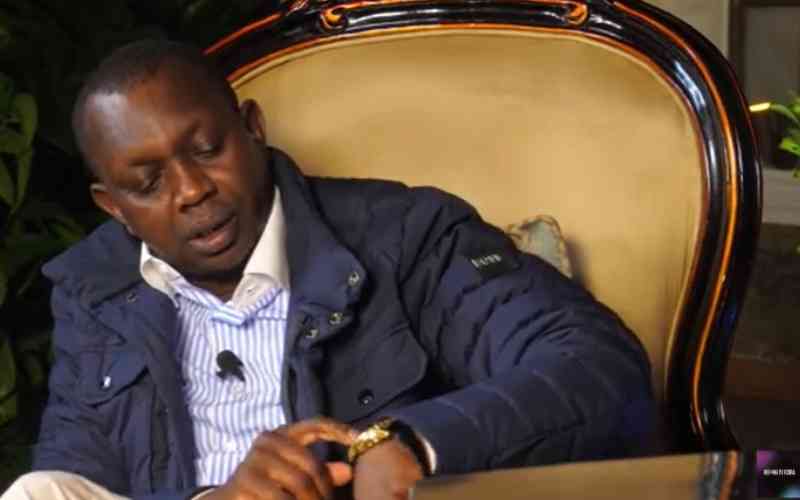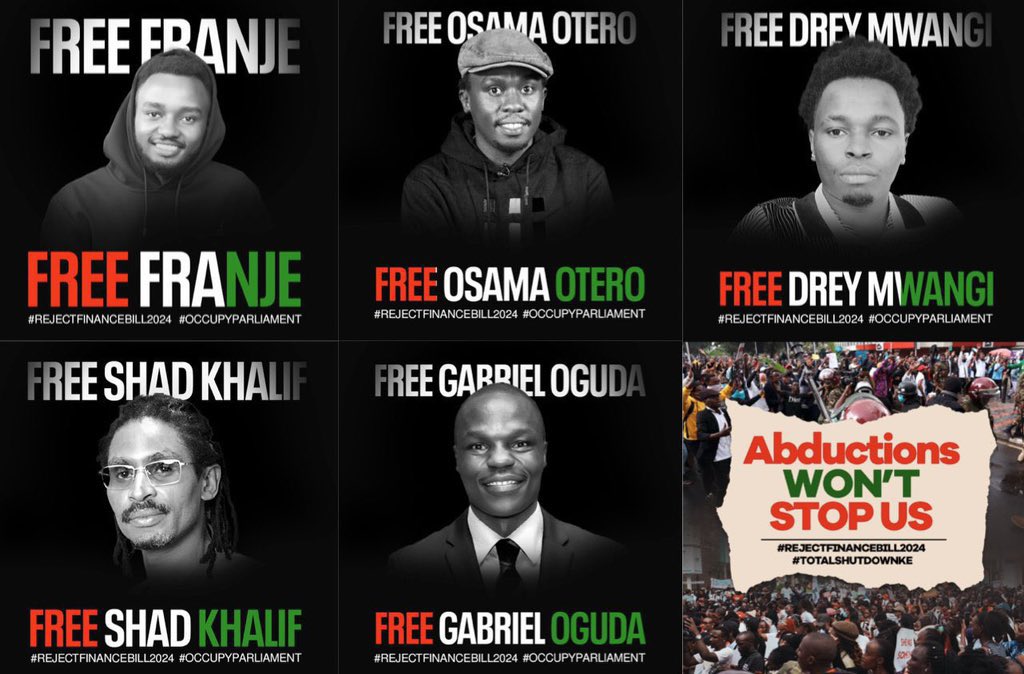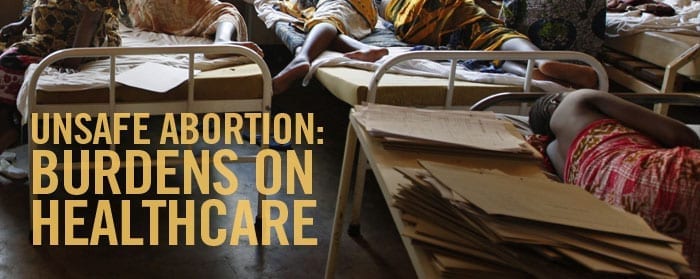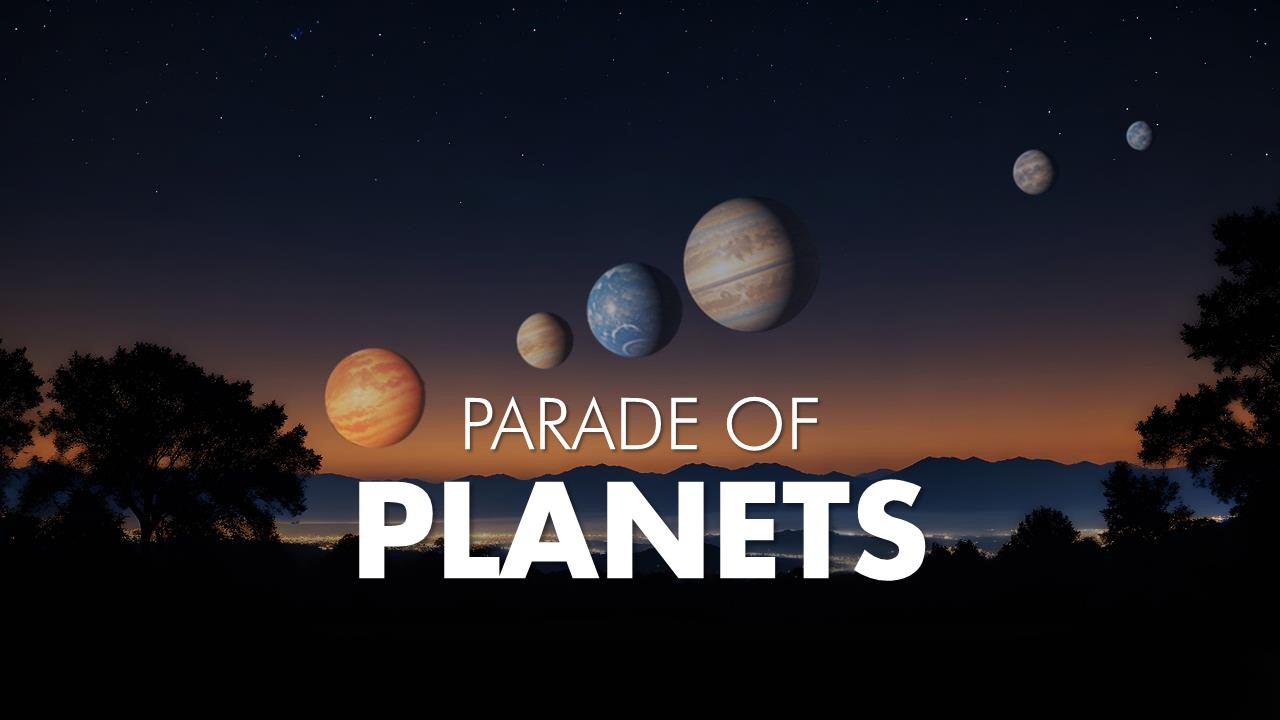Inside Kenya's Dirty Politics: How Corruption Became the True Power Behind the Throne
Explore the deep-seated roots of corruption in Kenya's political landscape, tracing its evolution from the repeal of Section 2A to the present day. Uncover how financial influence and unchecked capitalism have shaped governance, turning corruption into the driving force behind political power. Dive into the history of corruption in Kenya's politics, revealing how the introduction of multi-party democracy and the high cost of campaigns have entrenched financial malfeasance in governance. Learn about the major scandals and the urgent need for campaign finance reform to curb corruption.

Corruption has long been the shadow lurking behind Kenya’s political scene, driving governance and political ambition to ever-greater depths of scandal and malfeasance. It has evolved into a powerful force, shaping the course of every regime, from the early 1990s to the present day. Each administration has seemingly endeavored to outdo its predecessors in engaging in corruption scandals, ranging from the infamous Goldenberg and Anglo Leasing scandals to the more recent NYS and Arror-Kimwarer dam scandals. The Finance Bill 2024, where MPs were allegedly bribed with KES 2 million to pass the contentious bill, only adds to this legacy of graft.
The Catalyst: Repeal of Section 2A and the Rise of Multi-Party Politics
The roots of Kenya’s endemic corruption can be traced back to 1992 when then-President Daniel arap Moi repealed Section 2A of the constitution, reintroducing multi-party politics. Before this, Kenya had been a one-party state under the Kenya African National Union (KANU), where political competition was minimal, and aspiring politicians had to align themselves with KANU to secure a political seat. Politics was largely a domain of the elite, where political sycophancy and loyalty to President Moi were often the keys to success.

However, the repeal of Section 2A radically transformed the political landscape. The introduction of multi-party politics led to a surge of political aspirants, all vying for a share of the newly liberalized political space. The need to appeal to a broader voter base introduced a new, expensive element to Kenyan politics—lavish campaigns. Candidates now needed substantial financial backing to fund media coverage, human resources, campaign machinery, and voter incentives. The stakes were high, and the costs even higher.
The Funding Dilemma: Capitalism and Campaign Finance
The introduction of multi-party politics created a significant challenge for aspiring politicians: the need for substantial financial resources to run competitive campaigns. This financial strain led many candidates to seek funding from wealthy individuals, corporations, and international entities. These financiers, in return, demanded political favors, state tenders, and policy influence once their candidates assumed office. This quid pro quo arrangement entrenched corruption as politicians, indebted to their financiers, prioritized their interests over those of the public.
Corruption in Practice: A Legacy of Scandals
The first major scandal to emerge in this new political era was the currency printing scandal of 1992, where young KANU politicians and businessmen were accused of printing KES 500 notes to bribe voters on behalf of President Moi. This was quickly followed by the Goldenberg scandal, involving the smuggling of gold and the siphoning of billions of shillings from the state treasury. The funds from these scandals were funneled into KANU’s campaign coffers, ensuring Moi’s continued grip on power.
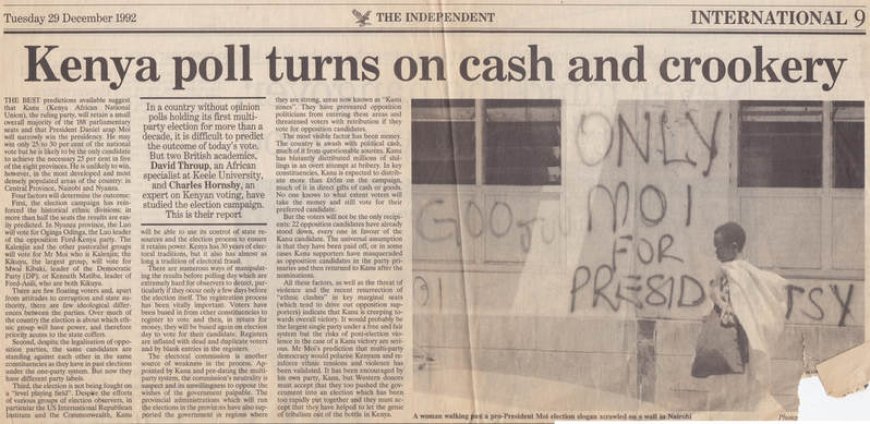
Since then, corruption has become deeply embedded in Kenya’s political system. Legislators have been accused of embezzling Constituency Development Funds (CDF), governors have manipulated procurement processes to award tenders to cronies, and presidents have been implicated in massive financial crimes. The scope of corruption has expanded to include international financiers, who now demand access to Kenya’s minerals, state-owned enterprises, and public infrastructure in exchange for campaign funding.
The Motivation: Power, Wealth, and the Absence of Reform
Corruption in Kenya’s government is fueled by a combination of factors—unchecked capitalism, the high cost of political campaigns, and the lack of stringent laws to regulate campaign finance. As long as campaign funding remains a costly endeavor, aspirants will continue to rely on financiers whose interests often conflict with those of the public. The result is a political class more focused on repaying debts and securing personal wealth than on serving the common good.
The Way Forward: A Call for Reform
To curb corruption in government, Kenya must introduce strict laws and policies that limit campaign funding to a modest, achievable minimum. This would level the playing field for all candidates, reducing the influence of wealthy financiers and allowing politicians to focus on public service rather than self-enrichment. Without such reforms, corruption will remain a persistent and destructive force in Kenya’s political landscape, undermining democracy and development for generations to come.
What's Your Reaction?









